It’s not often I get an email asking if I’d like to be on telly – still rarer to get a chance to inflict my thoughts about the Romans on a mass audience! But an email out of the blue earlier this year led to a series of conversations with BBC Scotland, and eventually the decision to do a programme – Scotland: Rome’s Final Frontier, BBC2, Friday 7 Dec at 9pm (after the watershed – but don’t worry, it’s mostly family-friendly…).
So why the Romans? Well, they’re always a popular topic when I do talks or prepare exhibitions – but there are lots of misconceptions. “Were the Romans ever here?” “Didn’t they stay at Hadrian’s Wall?” “Didn’t the Scots chase them out of the country?” Some people love them – after all, much of our own society is modelled on the Roman world – but others hate them, and see them as imperialist aggressors. There’s a lot of (misplaced) pride in Scotland that the Romans couldn’t conquer us. But is that true? Or was it just not worth their effort?
It’s a fascinating story with so many different angles. There have been lots of new finds – like the hoards of Roman silver coins which we excavated on an Iron Age farm at Birnie, near Elgin, evidence of a Roman policy of gifts and bribes to keep the peace. There are also lots of new ideas – about life around the forts, about who these Romans actually were (very few came from Italy), and about what impact they had on the local populations, for example.
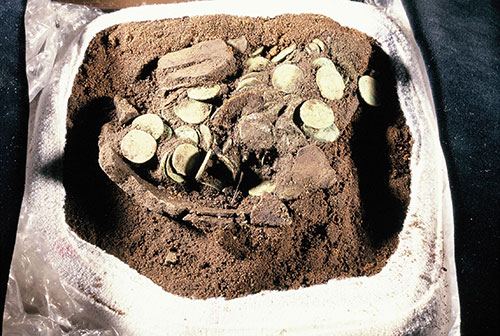
We filmed some of the treasures in the National Museum of Scotland, both the well-known and the less familiar, and travelled the length of Scotland looking at some of the amazing Roman military sites which still survive – like Raedykes, near Stonehaven, where you can still see the banks and ditches of a Roman overnight camp, or the much-debated Burnswark, near Lockerbie, where two Roman siege camps hold the local hillfort in their grip. A real siege or a practice range? For me the evidence suggests it was real, but have a look on Friday and see what you think!
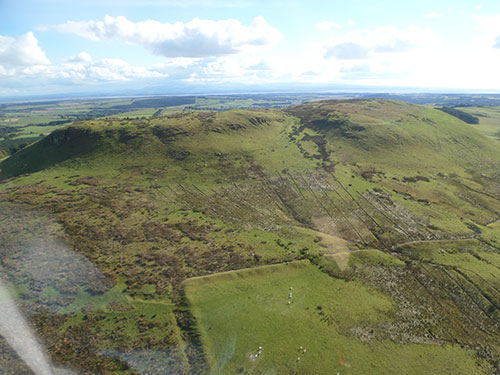

Not all sites are so well-preserved. Underneath the modern village of Inveresk, south of Musselburgh, there was a Roman fort with a big civilian settlement around it – houses, workshops, bars, temples, cemeteries, the works. Almost nothing can be seen today – but thanks to whizzy computer graphics created by Dr Matthew Nicholls of Reading University we can show reconstructions, based on the latest archaeological evidence. These also allowed us to show the largest marching camp in the Roman world, at St Leonard’s, near Lauder, where the emperor Septimius Severus himself once slept when he was on campaign, guarded by some 40,000 men – today, it’s a field full of sheep. Or we could bring to life the results of our Birnie excavations, putting houses and hedges into our empty postholes and pits.
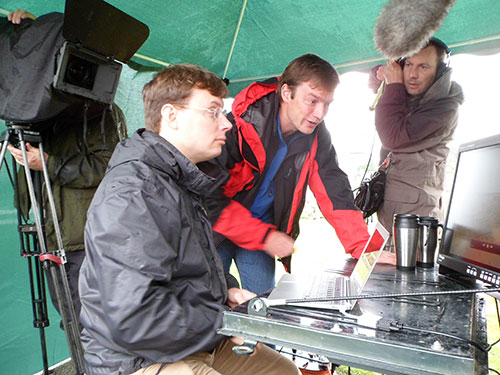
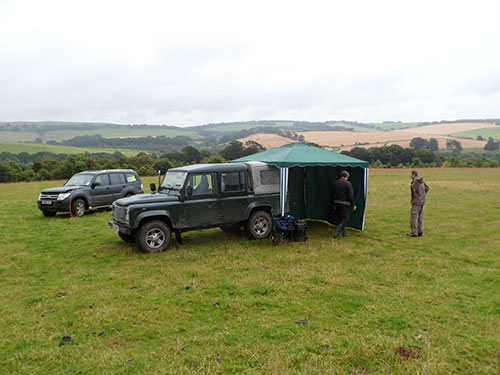
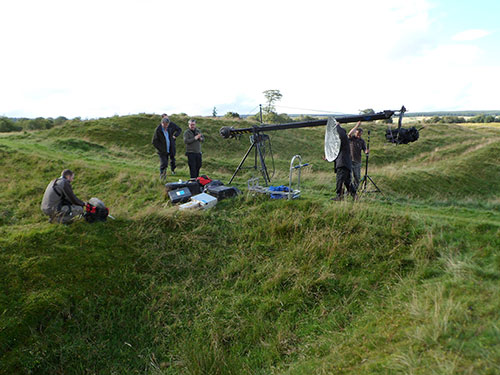
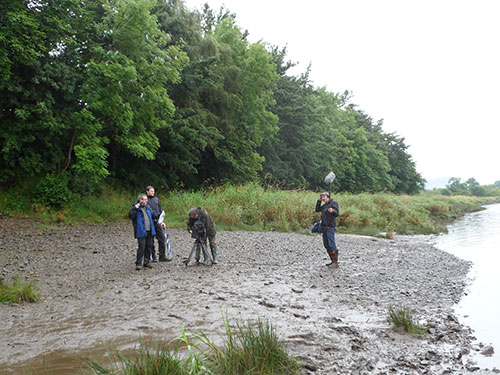
I was keen that we should shake up people’s views on the topic, and put it into a broader context. There are lots of parallels with modern empires – where the first world meets the third world, and doesn’t always come off best. Places like Afghanistan, for example. We had a really good chat with Major-General Andrew Mackay, who commanded British forces in Helmand. He gave us ways into the heads of soldiers as they try to conquer a country, or control an insurgency – and many of the problems and solutions haven’t changed much in 2000 years.
One of the most surprising aspects of Roman Scotland is the evidence from elsewhere in the empire which adds to our story. For me, the most amazing example comes from Morocco, where an arch in the ancient city of Volubilis commemorated the emperor Caracalla, the son of Severus, who led campaigns into Scotland. On this massive arch was a huge statue of the emperor – but all that survives is a fragment of bronze cloak. Carved into it is a picture of one of his enemies – a tartan-clad Caledonian, shown as a captive, a victim of Rome’s power. It’s a vivid example of how Rome saw her enemies – and it gives us a glimpse of the prehistory of tartan, with the complex checked patterns which lie behind our modern garb.
This makes a fantastic story. But I had an ulterior motive – for the arch was said to be decorated with sculptures featuring captured weaponry from the Caledonian campaigns. I’d been told these included a carnyx – the Iron Age animal-headed trumpet – but the available pictures were too shadowy to be certain. Now, we have a carnyx in our collections, from Deskford – one of the finest known. I’ve been studying it for 20 years, and did my PhD on it, but I’d never been able to confirm this example. At last, a trip to Morocco, a frantic search in the blazing sun while the film-crew drummed their fingers – and confirmation that there were carnyces here. A rather battered icon of Caledonia carved into the stones of the Moroccan desert. Another piece in the jigsaw fell into place. Sadly the director, Andy Twaddle, thought this was too nerdy for the viewing public – but it made me happy, and he was very tolerant of most of my other obsessions and suggestions.
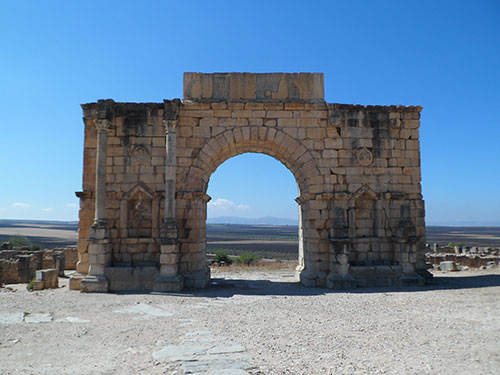
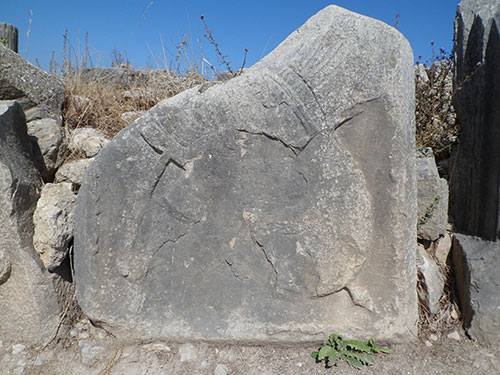
So why didn’t the Romans conquer Scotland? Too tough, or not worth the bother? Tune in on Friday to find out!
